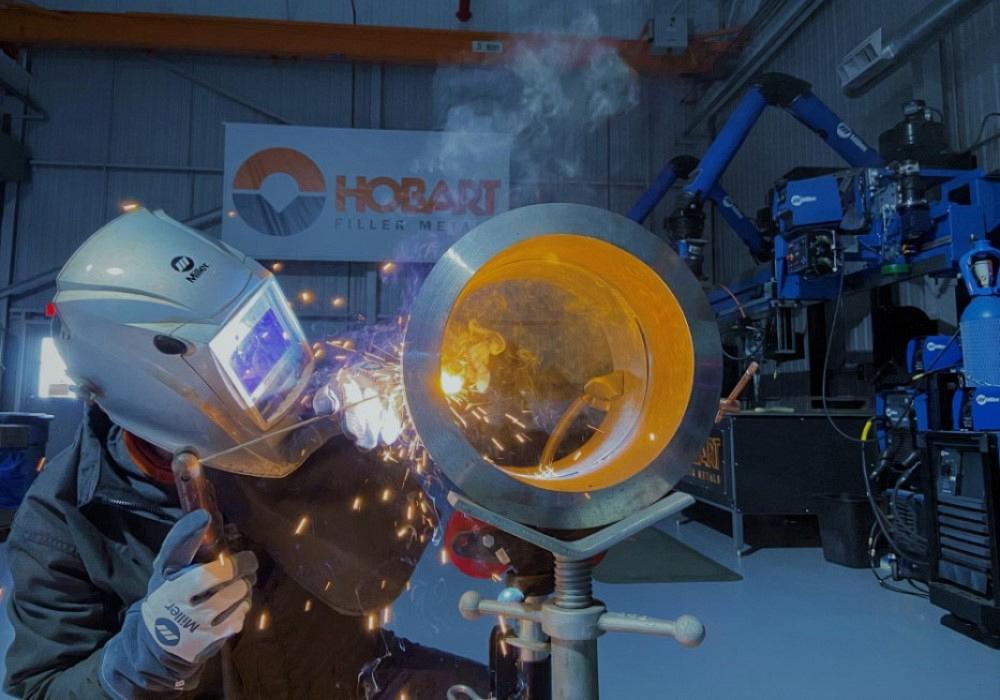Complete Overview to Preventing Weld Undercut: Tips and Techniques
Complete Overview to Preventing Weld Undercut: Tips and Techniques
Blog Article
Understanding the Art of Welding: Just How to Prevent Undercut Welding Issues for Flawless Fabrication Outcomes
Efficiency and accuracy are extremely important on the planet of welding, where also the smallest blemish can compromise the structural stability of a made item. One common obstacle that welders face is undercutting, a flaw that can lead and compromise a weld joint to pricey rework. By comprehending the source of undercut welding and implementing reliable techniques to avoid it, welders can raise their craft to brand-new degrees of quality (Preventing weld undercut). In the pursuit of flawless construction outcomes, mastering the art of welding to prevent undercut issues is not just a skill however a need for those pursuing excellence in their job.
Comprehending Undercut Welding

To prevent undercut welding, welders need to make sure correct welding parameters, such as readjusting the current, voltage, travel rate, and preserving the proper electrode angle. In addition, making use of the appropriate welding technique for the specific joint setup is necessary. Employing weaving motions or backstepping strategies can help guarantee appropriate weld steel deposition and lower the likelihood of undercut formation. Routine examination of welds during and after the welding process is also essential to catch any type of undercut early and make required adjustments to avoid further defects. Preventing weld undercut. By comprehending the causes of undercut welding and executing safety nets, welders can attain top quality, structurally sound welds.
Sources Of Undercut in Welding
Recognizing the aspects that add to undercut in welding is crucial for welders to generate high-quality, structurally audio welds. When the weld metal does not correctly fill the groove developed in between the base metal and the formerly deposited weld metal, damaging happens. Numerous variables can lead to undercut in welding. One typical cause is extreme warm input. Welding at heats for extensive durations can cause the base metal melting even more than desired, bring about undercut. Inadequate welding inaccurate or current welding speed can likewise add to undercut. Not enough current might not provide adequate warm to thaw the base and filler steels appropriately, while excessive rate can avoid proper fusion, creating undercut. Additionally, inappropriate electrode angles or inaccurate lantern control strategies can produce locations of low weld steel deposition, advertising undercut. Comprehending these reasons and carrying out correct welding methods can aid avoid damaging concerns, making sure solid and resilient welds.
Methods to stop Undercutting

To mitigate the risk of undercutting in welding, welders can employ calculated welding methods pop over to this web-site intended at improving the high quality and stability of the weld joints. One efficient technique is to change the welding specifications, such as voltage, present, and travel speed, to guarantee appropriate heat input and deposition. Maintaining a suitable electrode angle and making sure regular traveling rate can likewise assist avoid undercut. In addition, making use of the correct welding technique for the specific joint configuration, such as weave or stringer grains, can add to minimizing undercutting. Preventing weld undercut.
Furthermore, proper joint prep work, including making certain clean base products without contaminants and utilizing the appropriate welding consumables, is crucial in avoiding undercut problems. Utilizing back-step welding methods and controlling the weld grain profile can also help disperse warmth uniformly and reduce the threat of undercut. Normal evaluation of the weld joint Clicking Here throughout and after welding, in addition to applying quality assurance actions, can assist in attending to and discovering damaging concerns promptly. By carrying out these strategies carefully, welders can achieve flawless manufacture results with very little undercut flaws.
Importance of Proper Welding Specifications
Selecting and keeping ideal welding criteria is essential for accomplishing successful welds with marginal issues. Welding parameters describe variables such as voltage, present, take a trip speed, electrode angle, and protecting gas circulation rate that straight influence the welding process. These parameters must be official statement meticulously changed based on the kind of product being bonded, its density, and the welding technique utilized.
Proper welding criteria make certain the best amount of heat is put on melt the base steels and filler product consistently. If the criteria are established expensive, it can bring about extreme warm input, causing distortion, spatter, or burn-through. On the various other hand, if the specifications are too low, incomplete fusion, absence of penetration, or undercutting may occur.
Quality Assurance in Welding Procedures

Verdict
To conclude, understanding the art of welding calls for a thorough understanding of undercut welding, its reasons, and strategies to stop it. By making sure appropriate welding specifications and executing quality control techniques, remarkable construction results can be achieved. It is important for welders to consistently pursue excellence in their welding operations to avoid undercut issues and create high-grade welds.
Undercut welding, an usual problem in welding processes, takes place when the weld steel does not appropriately fill up the groove and leaves a groove or depression along the bonded joint.To avoid undercut welding, welders should make certain appropriate welding parameters, such as readjusting the current, voltage, traveling speed, and keeping the appropriate electrode angle. Inadequate welding present or incorrect welding rate can also add to damage.To reduce the threat of undercutting in welding, welders can use calculated welding strategies aimed at boosting the quality and stability of the weld joints.In conclusion, grasping the art of welding calls for an extensive understanding of undercut welding, its reasons, and techniques to avoid it.
Report this page